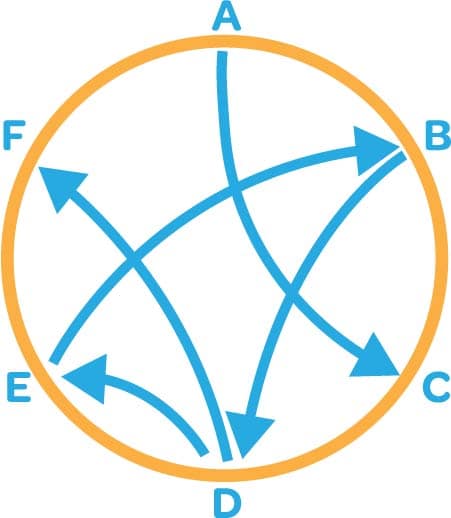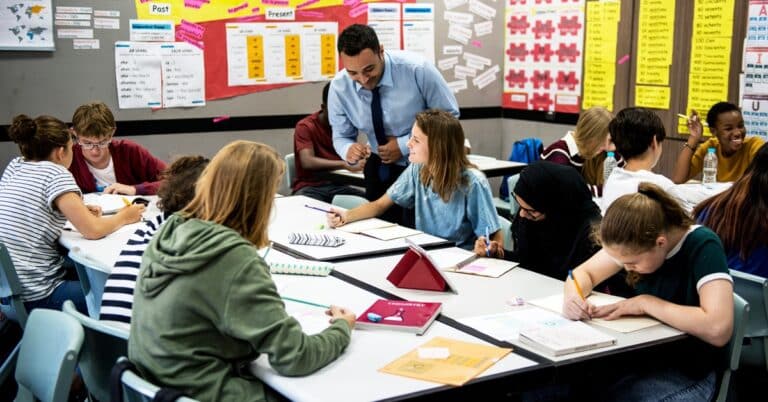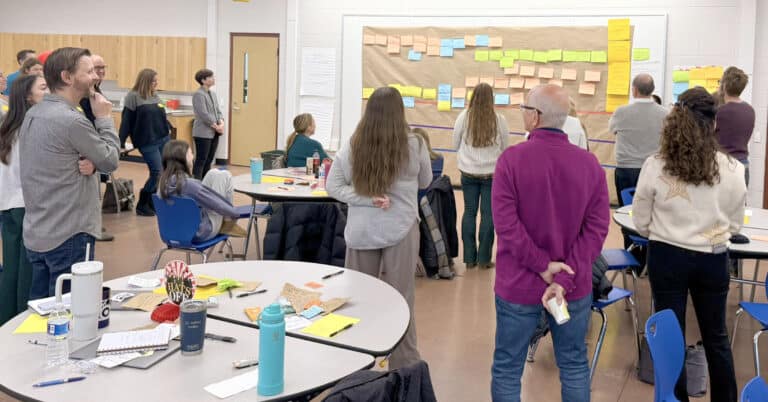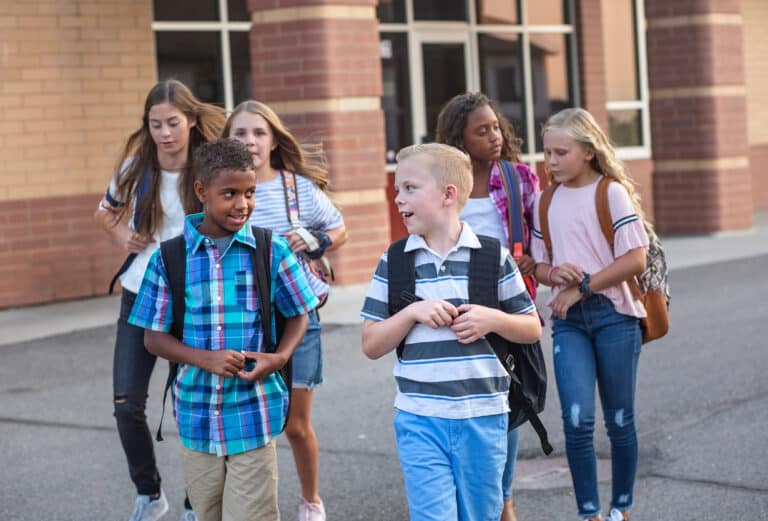Many of us are familiar with the butterfly effect, the suggestion that the flap of a butterfly’s wings in Brazil might ultimately cause a tornado in Texas. This central image of chaos theory emphasizes the way in which many natural systems shift in nonlinear, but not random, ways.
Education systems are similarly complex. Like natural systems, they and other social systems can operate in nonlinear ways that can be hard to trace and even harder to anticipate. Their components interact with and affect one another. Education systems are also connected to seemingly unrelated systems. For example, a classroom is clearly part of the campus or district in which it is situated. It is also part of students’ family systems, the local economic system and a neighborhood system.
The COVID-19 pandemic has highlighted the complexity and interconnectedness of our social, economic and education systems. It has raised the urgent need to shift education systems to support learners in ways they were not designed to, with little time for planning and less time for considering the long-term impacts of decisions. It has also brought into glaring focus the equity gaps that many education systems have unwittingly enabled and which emergency solutions are hard-pressed to address.

Those faced with reconfiguring education in response to COVID-19 have been exhibiting courage and creativity amid crisis. As we continue to navigate uncharted waters, bending education systems to new circumstances and beginning to imagine how today’s strain might spark tomorrow’s transformation, we need to consider a central tenet of systems thinking, interconnectedness. As in any system, the components that make up our education systems are interconnected, with circular cause and effect. One thing depends on another and, in turn, causes other phenomena to take place.
The concept of interconnection is central to systems thinking. Seeing how the elements in a system are connected as part of a whole can help us understand how action taken in one area of a system affects and is affected by what is happening in its other parts. Taking this perspective can also help us make sure we are addressing, as much as possible, the root causes of the problems we are trying to solve, not just the symptoms.
For example, we might ask how to feed children who depend on school meals while the buildings are closed. If we asked any such question in isolation, we might miss the other things to which it related. In this example, we would also need to ask, among other things, how children could get to schools to pick up meals if we offered them there and whether trips to school could serve any additional purposes, such as distributing classwork packets.

One way of visualizing such connections is to create a simple map illustrating how various elements of a system relate to one another. You can use a mind map for this purpose, or you can use a systems thinking tool called a connection circle. As shown in the associated image, a connection circle places key variables (A, B, C, etc.) around the perimeter of a circle and uses arrows to identify which ones are connected. Since it is difficult to map an entire education system, setting a boundary related to the scope of the problem you are exploring or the decision you are facing can be a helpful way of making this task more approachable. For more guidance on creating a connection circle, see this article with a completed example or this online tutorial.
Once you have mapped the connections among the various elements of your system, you can use the map as a screen for considering how one element of the system, such as meals, might relate to another, such as transportation or accesses to academic resources. Doing so can help surface factors related to your area of concern that you had not originally considered.
Trying to see the whole and look beneath the surface when so much is swirling can be a daunting task. When faced with the need to respond to a sudden change or to find new ways of meeting learners’ needs, it can be tempting to look at just one aspect of the education system. But observing and mapping the interconnections at play in our systems can help us identify causal relationships that affect what we are trying to achieve. Without considering interconnections, we risk implementing narrow solutions, worsening the very problem we are trying to solve or expending a great deal of effort without realizing the desired results.






